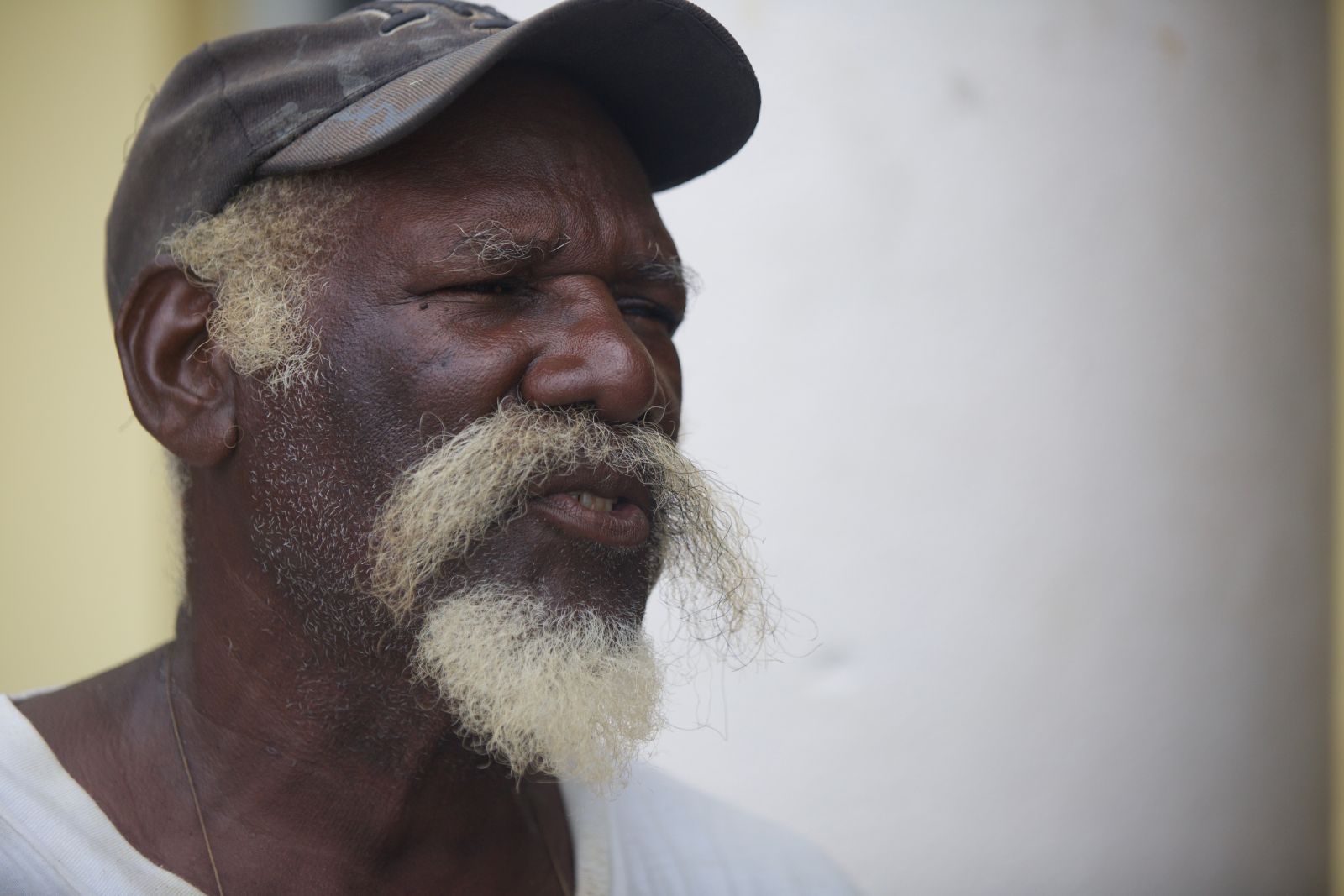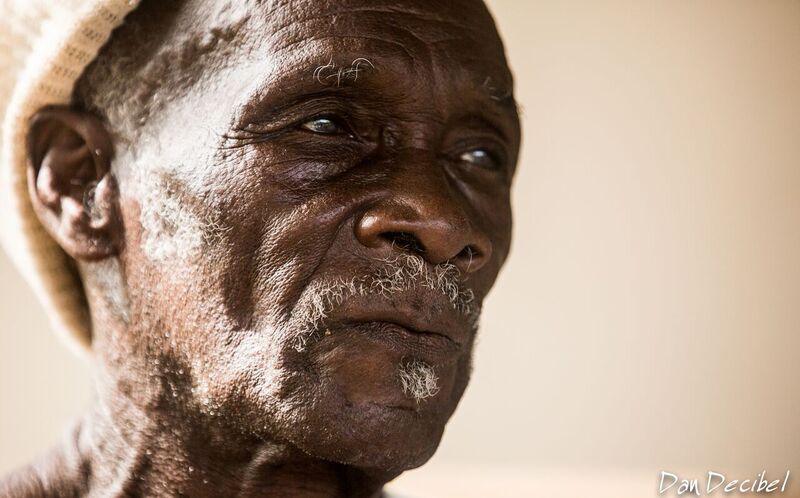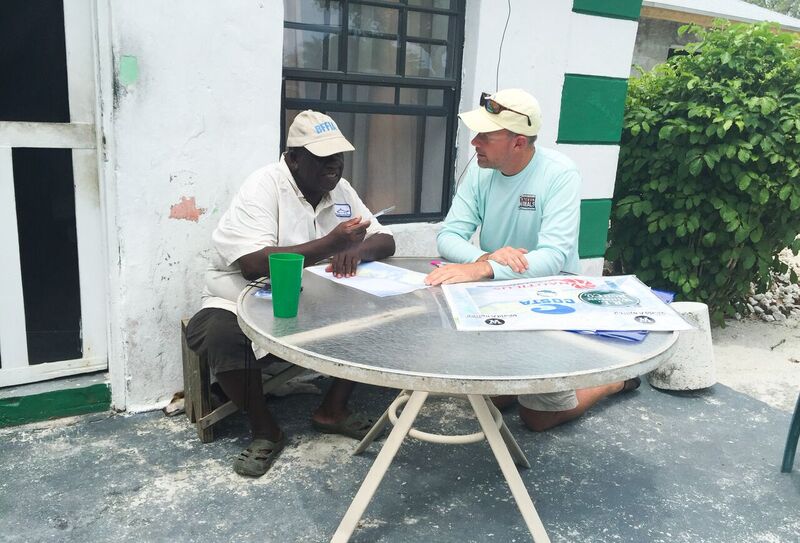Ghost Stories: How Guides in the Bahamas are Providing Valuable Insight into Their Fishery
Tom Karrow, a doctoral candidate at the University of Waterloo and a Research Fellow at the University of the Bahamas, has been interviewing fishing guides on Bimini, Grand Bahama, Abaco, Exuma and Andros as part of a BTT project to record their knowledge and incorporate it into future conservation strategies. Specifically, BTT is seeking to document the history of the industry, assess the sustainability of the tourism sector, examine fisheries population dynamics and inventory critical habitats. The project is also providing remarkable perspective and fascinating stories about an industry that is central to the region’s economy and culture—and from a group of stakeholders who know it best. Thus far, Karrow has completed nearly 80 formal interviews with guides, some of whom were born as early as the 1930s, and shares below what we’re learning along the way:
Why is this study important?
From an industry perspective, the flats fishery is a tourism venture that is dependent on healthy habitats and fish populations. As anglers, we all want our children and grandchildren to feel the joy of pursuing and catching elusive flats species, so understanding as much as we can about these fisheries and knowing how to address conservation challenges they face is vital.
To assess changes in fish populations, historical baselines are needed to determine how well the fishery and habitats are doing today compared to the past. Unfortunately, these data didn’t exist for the flats fishery in the Bahamas and many other places. The information gained in these interviews is building that historical baseline. Although results are still being evaluated, some concerning, yet interesting trends have emerged.
What do we know about the fish populations in these regions?
According to the guides I’ve interviewed, there appear to be generally fewer bonefish, tarpon, barracuda, snapper, conch and lobster populations on Bimini, Grand Bahama, Abaco, Exuma, and Andros compared to the 1950s, when recreational bonefishing began in the islands. Some of the elders born in the 1930s feel declines had already occurred by the 1950s, perhaps a result of subsistence or commercial fishing pressures. Causes for declines are unknown, but angling pressure, fish handling, predation, habitat loss, harvest, climate change and a host of other variables are potentially to blame.
And the guides who have fished these waters for many years, what do they think are the causes of declines?
Some guides attribute bonefish population drops to increased shark predation, while others note losses in sea grass beds, potentially impacting the forage available for bonefish to feed on. Since declines have apparently been ongoing since the 1950s or before, there are likely large-scale issues at play. Given bonefish behavior, local issues may also be influential. Since bonefish typically have a small home range, site-specific events can have highly detrimental effects on a local population: a single net across a nursery creek, development of a new resort, or an oil spill are real-world examples that can have highly detrimental efforts on a local bonefish population.

Andros elder Mr. Ralph Moxie on how catching bonefish on a fly compares to other methods: “You can go out there and catch one fish on a fly, the guest, and it means so much more to you than if you use a spinning rod and catch a hundred. It is that enchanting, to catch a fish on a fly rod.” (Photo: Dan Decibel)
Do you find variability among the islands?
Not surprisingly, the degree of change appears to vary between islands, and even within single islands. In some locations, slight increases in bonefish numbers are being observed in recent years, perhaps a result of greater awareness of the economic importance of these fish, which led to net bans, local education, enforcement efforts and reduced angling pressure. However, these increases are relatively small compared to the historically high bonefish numbers reported by elder guides dating as far back as the 1930s.
Increases in permit abundance were reported on some islands, and on all islands turtles and sharks (of all species) are apparently more abundant. Significant increases in recent years appear related to government-imposed regulations banning extraction of turtles and sharks, and most guides feel higher numbers of both species are negatively affecting bonefishing.
What are the island-specific factors believed to be influencing the bonefish fishery?
Abaco: Guides on Abaco independently—and nearly unanimously—expressed their concerns about the increased frequency and intensity of hurricane activity. Shallow marl flats on the west side of Abaco appear particularly susceptible to storm damage, and more frequent strong storms have seemingly impacted successive generations of bonefish, while simultaneously impacting habitats. Guides are also concerned about increased boat traffic leading to fewer fish and longer rides to find fish, a sentiment shared among all interviewed guides on all islands.
Andros: Bonefish populations appear more stable on Andros than on other islands. Vast flats and greater access to deep water creeks, cuts and channels seem to have spared Andros from problems expressed by guides elsewhere. Likewise, tarpon and permit populations appear stable, although pursuit of these species is on the rise.
An interesting conundrum arose in the discussion about permit on Andros and elsewhere. Are guides actually seeing more permit, or are they simply looking for them more as a result of increased demand from anglers? Some guides think that there are just more permit—they are fishing the same water and simply seeing more fish.
Exuma: The Peace and Plenty Lodge, a historical fixture in Exuma, closed their bonefish lodge doors in 2008, a response to the global economic slowdown. Although anglers are still hosted by the original P&P lodge in Georgetown, according to guides and P&P management, there has been a significant decline in the number of anglers. According to guides on Great Exuma, the bonefish population declined considerably in the 1980s and 1990s, reaching a new low around 2008. Apparently, the bonefish population has since rebounded to pre-1990s levels, and although this is a positive trend, older guides note that the populations are still far below where they were many decades ago, a common trend across islands.

Andros elder Mr. Jeff Ferguson on his concern over excessive garbage on the flats affecting bonefishing:
“If we don’t get the young people into securing their garbage, if they keep throwing that garbage on the flat…fish got a sense of sense…sensitive too, just like a human, if they meet garbage they ain’t going to stay amongst that garbage. We have got to really try to get that out of the people that are doing that…make sure to secure your garbage…don’t throw it out there on the flat.” (photo: Dan Decibel)
What have we learned thus far from these interviews?
While results of this research are still being evaluated, some concrete conclusions can be drawn. It is clear that guides in the Bahamas possess a great deal of knowledge about local habitats and processes. They are proud of their country and their fishery, and they want to help preserve it. It is also clear that declines in fish populations, regardless of the causes, will result in reduced tourism and economic hardships for a great number of Bahamians, and the guides recognize this. It is also evident that much more work is needed. Better understanding the causes of change, while working to mitigate declines and enhance increases, will help preserve this fishery and others like it. It’s in our best interest and that of successive generations that we continue learning about our natural world, which will enable us to better protect it.
WorldANGLING’s new film Ghost Stories follows this Bonefish & Tarpon Trust research project by Tom Karrow to document the history and traditions of bonefishing in the Bahamas and the phenomenon know as “Shifting baseline perspective.”
To view the trailer, please visit our Facebook page.




